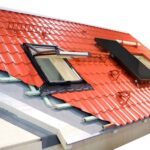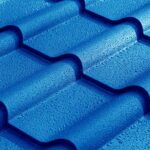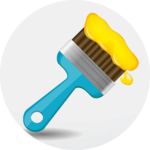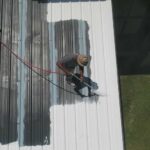Expert advice on how to clean and repair metal roofing, including DIY tips on how to fix rust and patch leaks on metal roofs, and other step-by-step metal roof repairs.
Metal roofs are very durable, but because of storm damage, rust, or expansion and contraction of the metal, they occasionally need repair. The most common types of metal roof repairs include dealing with loose fasteners, repairing leaks, eliminating rust, and repairing large areas of roof damage—from a fallen tree, for example.
 Before repair or replacement of a metal roof system, investigate whether you have any paperwork on the original purchase of your roof—the warranty may cover some or all of the repair costs. If the damage is from a storm, also check your homeowner’s policy for coverage. This could save you a bundle.
Before repair or replacement of a metal roof system, investigate whether you have any paperwork on the original purchase of your roof—the warranty may cover some or all of the repair costs. If the damage is from a storm, also check your homeowner’s policy for coverage. This could save you a bundle.
Though DIY homeowners might be able to handle some types of simple metal roof repairs themselves, major repairs—damage from a major storm, for example—or roofs that are dangerous to climb onto should be handled by a professional roofing contractor. Pros who specialize in metal roofs have the necessary knowledge and gear to do the job safely and properly. Repairing standing-seam roofs, too, requires specialized tools, techniques, and safety precautions.
This article will provide you with information on how to deal with common metal roof repairs. Because most repairs require cleaning the roof (or the damaged area) first, let’s start with that.
How to Clean a Metal Roof
Before you can repair a damaged area on a metal roof—or if you just want to brighten the look of the roof—you’ll need to clean it with a mixture of water and a mild detergent or metal roof cleaner. (Hardware and home improvement stores sell roof cleaners that are formulated to remove dirt and stains on metal roofs.) The mixture’s strength will depend on how dirty the roof is. A mixture of one part mild detergent or roof cleaner to four parts water is a good starting point, but read the label directions on a roof cleaner, because some may require a different dilution ratio.
- Apply the mixed solution to the roof using a soft-bristled brush or a low-pressure sprayer. Allow the solution to sit on the roof for a few minutes to loosen dirt and debris before rinsing it off with a garden hose or a pressure washer.
- When using a pressure washer to clean a metal roof, it’s important to use the right pressure setting to avoid damaging the roof. In most cases, a pressure setting of 1000-1200 PSI (pounds per square inch) is right for cleaning a metal roof. However, the exact pressure setting will depend on the type of metal and the roof’s condition. A soft, delicate metal like copper roofing calls for a lower pressure setting than a more durable metal like steel roofing. Start with a low pressure setting and increase gradually until the pressure is strong enough to clean the roof without damaging it. Use a wide-angle nozzle and hold it about 18–24 inches away from the roof’s surface.
- Thoroughly rinse the roof with clean water after cleaning to prevent any residual detergent from damaging the roof over time. Pay special attention to any areas where the cleaning solution may have pooled or collected.
Repairing Loose Metal Roofing Fasteners
Over time, the screws that secure metal roofing panels to the roof deck (often plywood or oriented strand board) can become loose. When this happens, the metal panels can rattle in the wind or, if enough fasteners loosen, panels can dislodge. Look for loose, bent, or missing fasteners and replace them with new ones. Ideally, you’ll accomplish this before leaks or other problems occur.
- Inspect the roof: Thoroughly inspect your metal roof for any missing or loose fasteners. Pay attention to areas around the roof where damage is most likely, such as edges, valleys, and ridges.
- Secure loose fasteners: Tighten-down any loose fasteners, using a screwdriver tip in a power drill. Be careful not to over-tighten, as this can damage the metal roofing or strip the fastener’s threads.
- Replace missing fasteners: If you find any missing fasteners, replace them with new ones that are the same size and type, securely fastening them firmly in place.
- Seal the fasteners: Apply roofing sealant around the base of each fastener to create a watertight seal—this will prevent water from leaking through the fastener holes.
How to Repair Metal Roof Rust or Deterioration
Look for rust patches or other signs of deterioration. If you find any:
- Remove rust from the surface with a wire brush, steel wool, or sandpaper.
- Wipe clean with a rag.
- Apply a spray-on rust inhibitor (available at hardware stores or home improvement centers) to prevent future rusting.
- Prime the surface with a metal roof primer, following the manufacturer’s directions.
- Follow-up with a top coat of metal roofing coating or metal roof paint to match the roof’s color. You can find a wide selection of metal spray paint colors in an auto parts store.
Repairing Metal Roof Leaks
Metal roofing can develop leaks from damaged panels or ill-fitting flashing or seams. Patching a damaged panel is something you might be able to do if you are a particularly handy DIY enthusiast, but calling a metal roofing specialist is probably the best way to get the job done right—so the repair is secure and unnoticeable. Here’s how it’s done:
- Locate the leak’s source. For more, see How to Find and Fix a Roof Leak.
- To repair a damaged panel, use metal-cutting snips to cut out the damaged part of the panel.
- Cut a patch from the same material.
- Spread urethane roof cement, which has better protection against ultraviolet rays than common asphalt or plastic roof cement, over the hole or damaged area, using a putty knife. Set the patch in place, embedding it in the roof cement. Fasten it with metal roofing screws. Seal the edges and the screw holes with more roofing cement. Touch-up with roofing paint as discussed above.



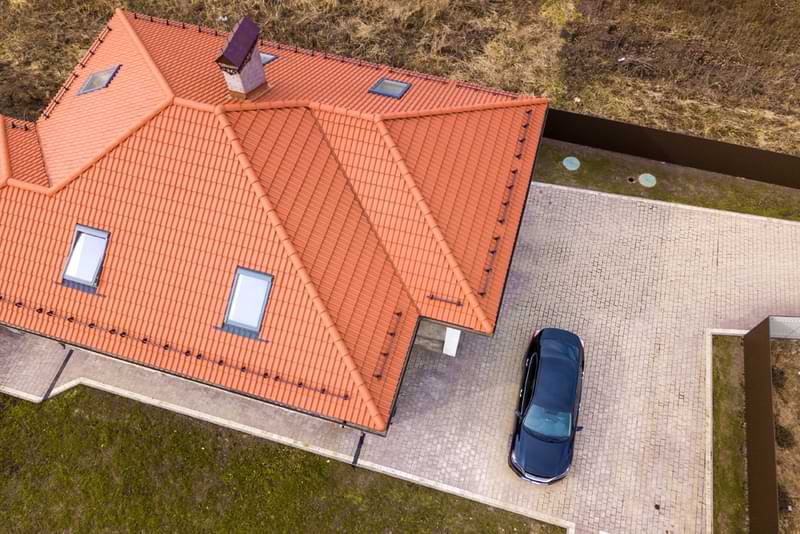
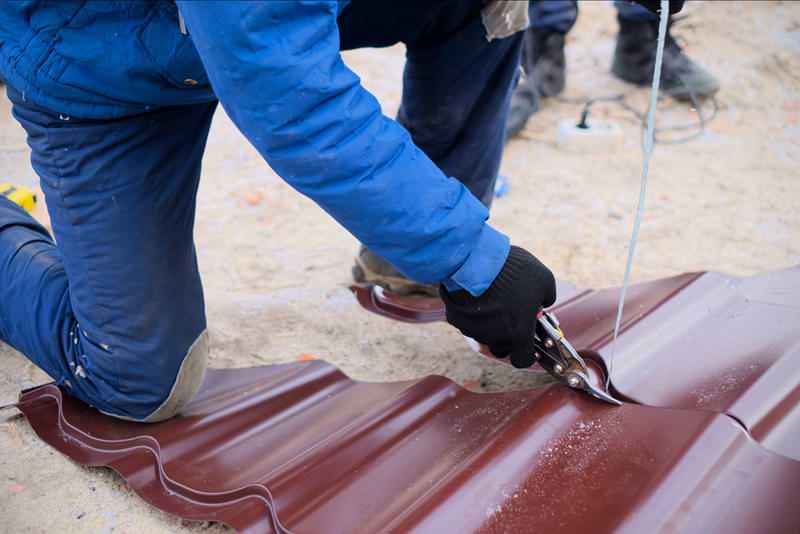


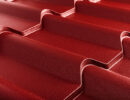

 Don Vandervort writes or edits every article at HomeTips. Don has:
Don Vandervort writes or edits every article at HomeTips. Don has:
